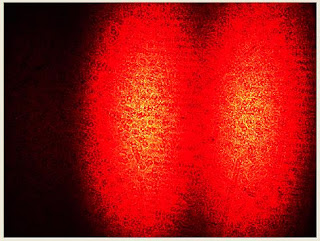Physics 492 Advanced Optics Lab is offered again during the Fall 2012 quarter at Cal State LA. We will be meeting at 6:30 PM Mondays and Wednesdays. The class is an opportunity to get some hands-on and in-depth experience with photon-based quantum mechanical systems in a typical optics lab environment. Photons are easily generated, manipulated, and detected with simple apparatus. Among other topics, we will explore the physics of quantum interference and superposition in the two state system as we build various interferometers and poke at them with polarization probes.
I've structured the class so participants can develop important lab skills: lab safety, preparation, experiment planning, design and fabrication of apparatus, equipment handling, working in teams and individually, keeping a notebook, and presenting results. Grades are based in part on preparation, demonstrated lab skills, lab notebook quality, and a 10-minute presentation in lieu of a final exam. Grading thus mimics evaluation that occurs in an academic or industrial lab. There are no graded exams, quizzes or formal lab writeups.
Class will meet twice weekly in a brand new facility with plenty of workspace. Lab will be open after class for individual and team work on projects. Available equipment includes an optical table, laser source, beam expander, lenses, mirrors, ccd detector, desktop PC, beamsplitters, polarizing filters and various opto-mechanical components for locating and positioning optics on the table.
While there are no formal prerequisites, students are typically upper division and masters students familiar with optics at the freshman physics level (simple raytracing), the solution to the free-space wave equation ("e to the i omega t"), and math with 2x2 matrices (linear algebra). If interested in taking the class you should sign up as early as possible as there are a limited number of seats.






